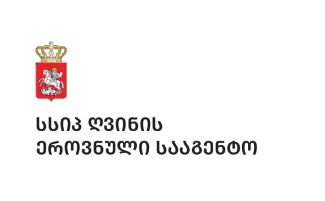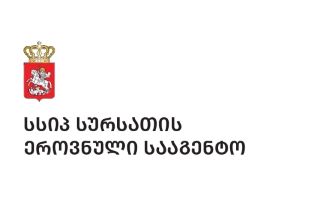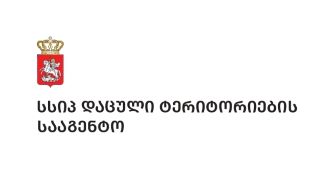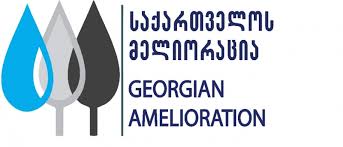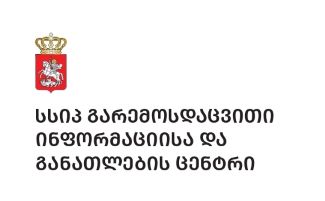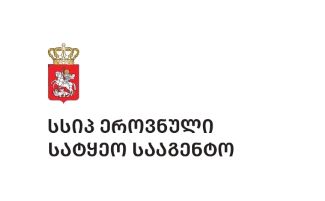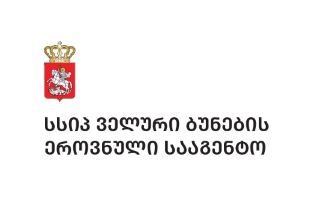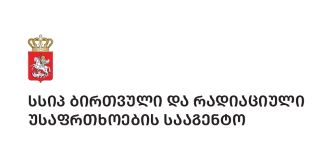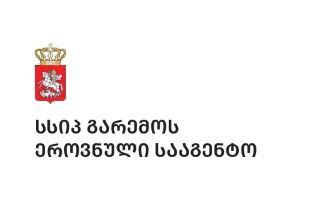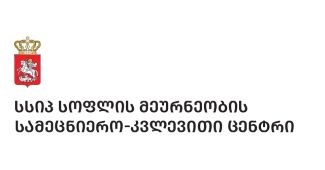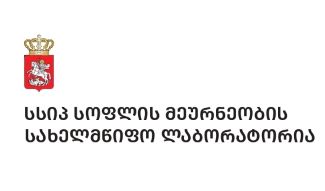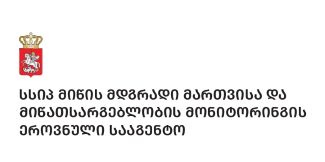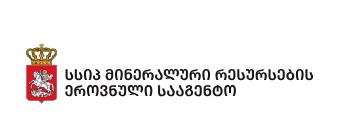According to international accreditation, the LEPL State Laboratory of Agriculture conducts tests across the country (in the areas of plant and animal disease diagnostics and food and water research). Together with zonal-diagnostic laboratories (Tbilisi, Akhaltsikhe and Kutaisi), five regional laboratories (Zugdidi, Marneuli, Gurjaan, Dusheti, and Gori) got worldwide ISO 17025 accreditation in 2016. The laboratory network implemented an ISO 9001-compliant quality management system.
Frequently Asked Questions (FAQ)
Research is conducted in Tbilisi and at the regional level by the LEPL State Laboratory of Agriculture. The laboratory network has 3 zonal-diagnostic laboratories (in Tbilisi, Kutaisi, and Akhaltsikhe) and 10 regional laboratories (in Gurjaani, Dusheti, Marneuli, Gori, Ambrolauri, Zugdidi, Ozurgeti, Batumi, Sachkhere and Mestia).
The LEPL State Laboratory of Agriculture issues a test report on the sample examined by the institution.
The sample should be brought in a well-washed jar or container. The amount of sample depends on the number of relevant research parameters, ranging from 700 g to 1.5 kg.
In the LEPL State Laboratory of Agriculture, water research is conducted on microbiological and physico-chemical characteristics.
Soil research is carried out only on biological (nematode detection) characteristics.
For routine research, take 500 ml of water in a bottle; for other additional studies, take 1 liter of water. The sample should be taken in a suitable container that is pre-sterilized, protected with a stopper and closed with a lid. Please take note that the bottle needs to be filled all the way.
Soil sampling when contaminated with pathogenic organisms: Divide the land plot of 0.5–20 ha into plots of at least 10 x 10 m in size. From each (10x10 m) plot, take 10 point soil samples at a width of 20 cm (from each point sample of 20–20 g). Combine spot samples from all plots into one bag and label them. The amount of soil sample for analysis should be 200–250 g. It is preferable to bring the soil sample for analysis on the same day; otherwise, keep it in the refrigerator at 4–5 °C. For helminthological testing, take the sample when the soil is moist.
The sample should be packed in a clean, liquid-tight, hermetically sealed container or material, taking into account the properties of the sample and sealed.
A sample (blood) taken from a bovine animal is accepted for testing only if the animal is identified by a seven-digit or eight-digit ring number in accordance with the regulations of Georgia. Ex: GE 101 505 505
A blood sample can be taken with a special test tube. The sample should stand for 4-5 hours at room temperature, and then it should be placed in the refrigerator. Note: The sample should not be frozen. It is possible to bring the blood sample to the laboratory within 48 hours after taking the sample. The blood sample must be taken in a special test tube. In the case of brucellosis and leishmaniasis, blood should be collected in a serum-separating tube, and the sample for PCR should be taken in an EDTA tube (a tube in which blood does not clot).
Samples can be received at the State Agricultural Laboratory from 09:00 to 18:00.
The research fee can be paid using the Internet bank or by cash through the payment machine on the territory of the laboratory.
Yes, practical training is conducted in all three areas of laboratory activity: plant and animal disease diagnostics and food research laboratories.
